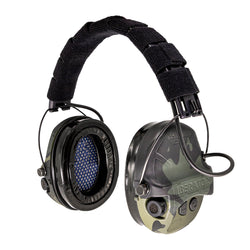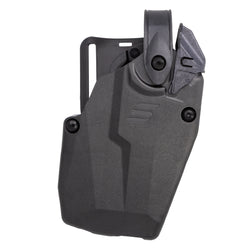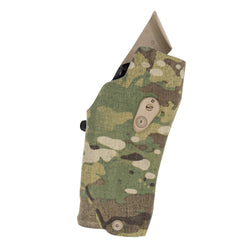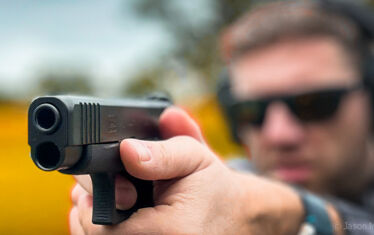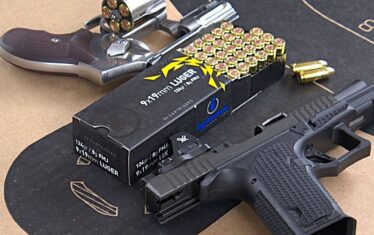Dogs have served with armies throughout history, and the US Military Working Dogs — or War Dogs — have a remarkable story. As the US Army recently celebrated its 250th birthday, the War Dog Program has been around just 83 years. These dogs have saved tens of thousands of lives over the decades.
On March 13, 1942, the US Army officially launched its War Dog Program during World War II. But dogs have been part of US military life long before that, from the Revolutionary War to the present day.
You’ll learn how one of the biggest combat multipliers on the battlefield was often treated as mere equipment, memorialized by some, or abandoned in combat zones. I can personally say I am alive today, on numerous occasions, because of the incredible actions of our four-legged teammates.
This War Dog series will cover some amazing canines from the Civil War through the Global War on Terror (GWOT). Today, we’re discussing War Dog from the American Revolution through World War I.
I wish I could cover all their stories, but there are so many. The documentary The War Dog’s Story – Giving A Voice To The Voiceless covers from World War I to the GWOT, told by the men who handled them.
Watch the trailer of The War Dog’s Story – Giving a Voice to the Voiceless documentary. Pictured: Rick Hogg of War HOGG Tactical with Combat Assault Dog Duco.
The Revolutionary War
During the Revolutionary War, plenty of dogs were on the battlefields, but not in a capacity we think of today. These pets traveled with their handlers, both American and British alike. Some notable handlers included George Washington, Baron Von Steuben, and Continental Army General Charles Lee. Numerous portraits from the era depict soldiers with their canine companions.
George Washington was also known as the father of the American Foxhound. He was a huge dog lover and even had an extensive dog kennel at Mount Vernon that included Newfoundlands, Greyhounds, Terriers, Spaniels, and many toy breeds.

Civil War – Memorialized Forever
During the Civil War, there were numerous animals that were used by both the North and South, but one dog stands out. In May 1861, a civilian woman presented the 11th Pennsylvania Infantry Regiment a dog named Sallie, something of a mix of a Boston Terrier and French Bulldog. She became the regiment’s mascot, traveling with them everywhere.
During the battle of Gettysburg, the Regiment thought she was lost, but three days later, when the medical teams were sweeping the battlefield, they found Sallie guarding the dead from the 11th Pennsylvania Regiment.
Unfortunately, on February 18th, 1865, less than three months before the war’s end, Sallie was killed in action during the battle at Hatcher’s Run. The 11th Pennsylvania Regiment buried her on the battlefield. But her story did not end there.
In 1890, the 11th Pennsylvania Infantry dedicated a monument at Gettysburg, including Sallie on a small ledge at the bottom. She also inspired a book, The War Dog by John Lippy Jr.

THE GREAT WAR
In World War I, animals were used on a scale never seen before—and never duplicated again.
More than 16,000 animals served with the US Army, the majority being horses, donkeys, and mules used to haul supplies to the men in the trenches. Pigeons and dogs carried messages between the trenches. Dogs were also used in a medical capacity by finding wounded soldiers and carrying first aid kits that the wounded could use until proper medical care arrived. Once the wounded were located with the assistance of the canines, stretcher teams would bring them back to the aid stations.
Although the United States military did not have a Military Working Dog program in place during WWI, plenty of military mascot dogs were in the trenches with the American troops. These dogs served no tactical purpose but were a morale booster for the men and brought a sort of normalcy to a very deadly situation.
SGT Stubby
The most famous of these dogs was a Bull Terrier named Stubby. He started his service as a stowaway with CPL Conroy, heading to Europe to fight in World War I.
Stubby saw his first action in Chemin des Dames. The exploding shells of artillery did not affect him at all. He watched the men duck when the artillery came in, and in his mind, he was playing a game. He could hear the whine of shells long before the men, who learned to watch him to see when the artillery was incoming.
SGT Stubby’s first combat injury came as a result of a gas attack, which he survived. After being nursed back to health at a field hospital, he was sensitive to the smell of gas. One morning, when a surprise gas attack took place, Stubby awoke his fellow troops in the wee hours of the morning through barking and biting. SGT Stubby served as the ultimate sentinel for gas attacks and subsequently saved countless lives.
One quiet night, Stubby let out a growl and ran off out of CPL Conroy’s sight. A few seconds later, there was a sharp cry of pain and then the sound of a great scuffle outside. Conroy jumped from his bed, grabbed his rifle, and went tearing out in the direction of the noise.
A ludicrous sight met his eyes. Single-pawed, in a vigorous offensive from the rear, Stubby had captured a German spy, who’d been prowling through the trenches. The man was whirling desperately in an effort to shake off the snarling bundle of canine tooth and muscle that had attached itself to his differential. But Stubby was there to stay.
Stubby served in 17 battles and, after the war, was awarded a membership in the American Legion and the Y.M.C.A. Old age finally caught up with the small warrior on March 16th, 1926, as he took ill and died in Conroy’s arms. SGT Stubby’s was forever preserved by taxidermy, and he is on display at the Smithsonian National Museum of American History.
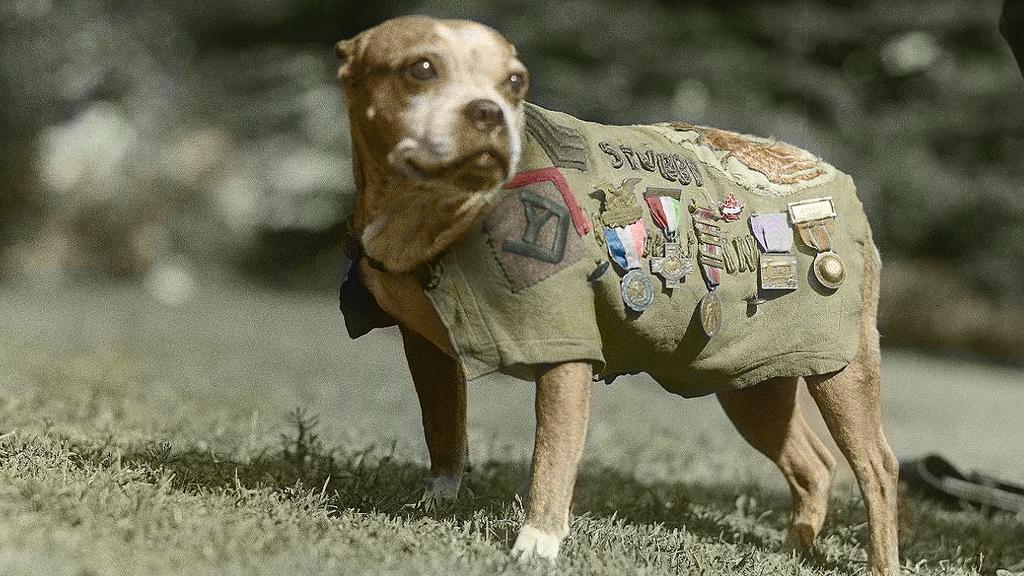
Rin Tin Tin
Another famous dog from The Great War was Rin Tin Tin, a German Shepherd rescued as a 5-day-old puppy from a German military dog kennel in 1918 by CPL Lee Duncan in France. Also known as Rinty, he went on to become a movie star. His bloodline continued in movies and TV shows into the 1950s.
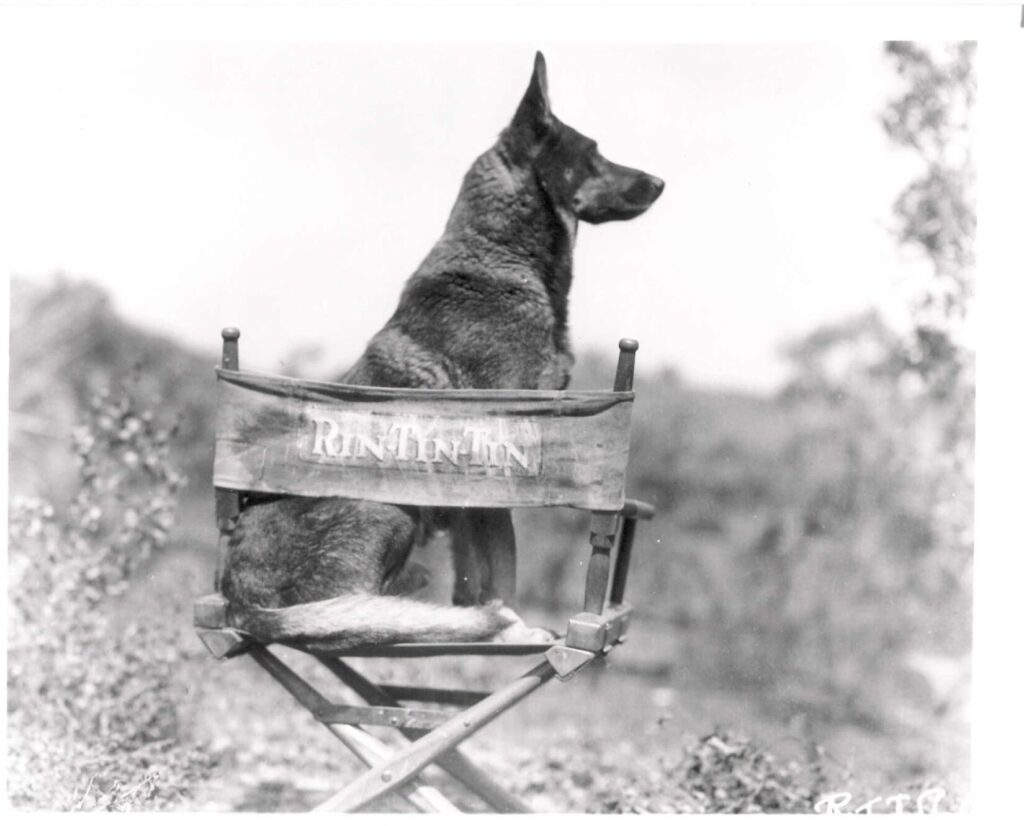
Heading into a new Era
As World War 1 ends the United States the role of the K9 in future conflicts will shift from mascot dog to a weapon of war, protecting US Service members’ lives. December 7th, 1941, will thrust the United States back into global conflicts, and trained War Dogs will be called into action to protect the US domestically and in both the European and Pacific theaters.
Take a moment and remember the brave sacrifices of all of our War Dogs who paid the ultimate sacrifice.
Stand by for War Dogs of World War II.


